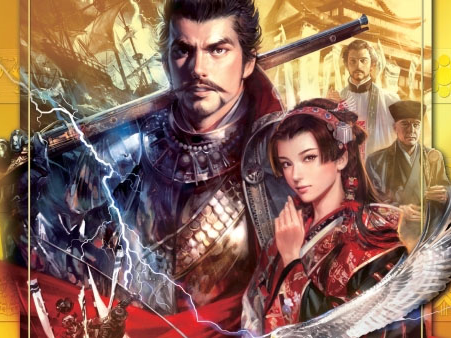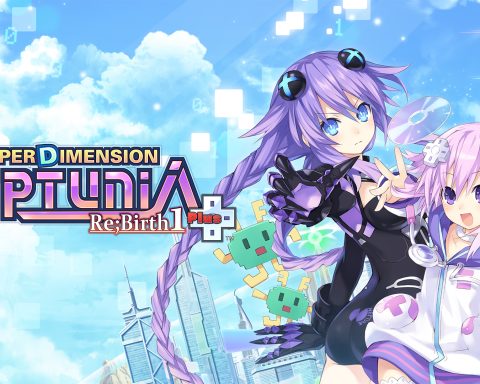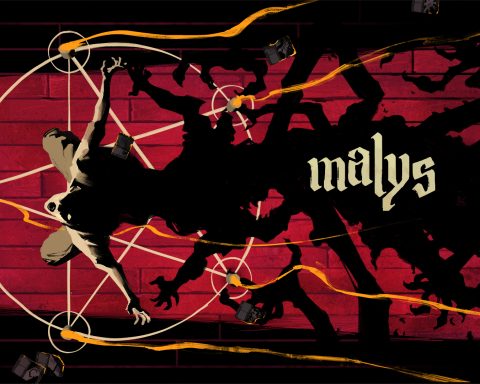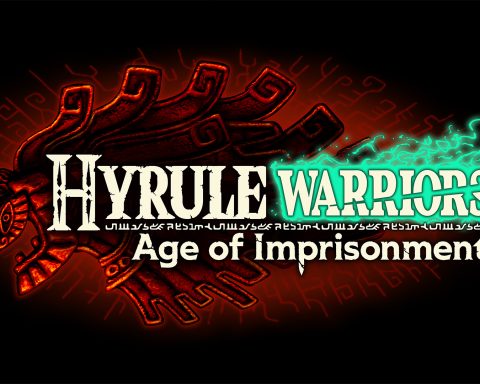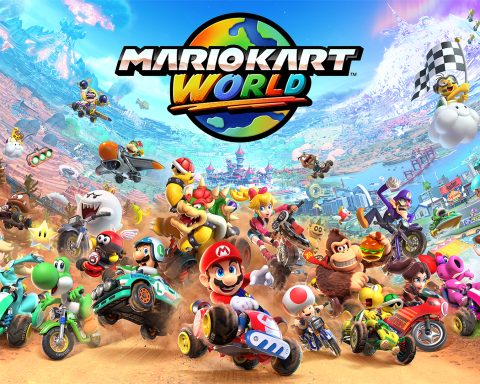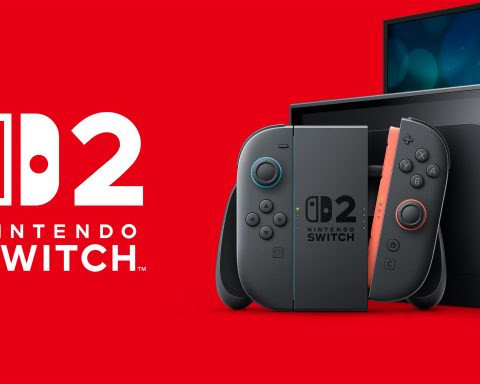Retro reflections by Nick H.
We all know that games can change a lot over the years, and many different titles influence future ones. However, having been gaming for as long as I have (35 years and counting), it is always fascinating to me to play and compare games from early in a series to later. Usually I can find a laundry list of improvements that make it clear just how far video games have progressed. However, many times I also come away with the realisation that while the game may indeed change, a series is at its best when it remembers what made it special in the first place.
When looking at a game series that spans decades, too often people get hung up on the superficial things. Of course the graphics, music and sound are better. Certainly there is more processing power that allows for deeper gameplay. Controllers have come a long ways also, and give us more inputs and more forms of feedback through rumbling or light. These are well and good to note, but when I am comparing titles like this that have roughly two and a half decades between them, I am looking for something a little more substantial. Sometimes that something more simply isn’t there and I realise that you basically have the same game years later with a prettier package. Sometimes I sit with a title like Nobunaga’s Ambition and realise that it has grown a great deal because it changes its focus over time, giving us an increasingly granular look into the time period, and increasingly complex management of both the domestic and military development of the era.
If you read Matt’s excellent review of the recently released Nobunaga’s Ambition: Sphere of Influence – Ascension (and if you haven’t, you really should. Go, this article will be here when you get back), you have a really good idea of how the game itself plays. There is an intriguing mix of real-time strategy and turn-based governing decisions that play out heavily through menus. You have a significant hand in developing the land and creating a thriving city that grows over time into something potentially quite special. You adapt, you improve and you wage war during the Sengoku period of Japan’s history.
To read on, please log in to your DDNet Premium account:

